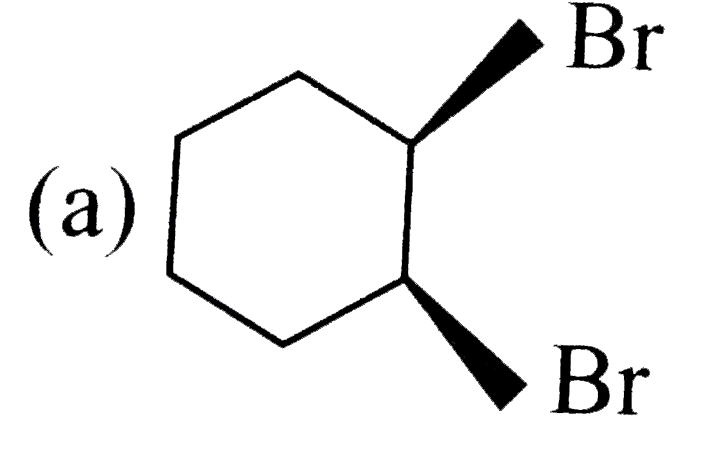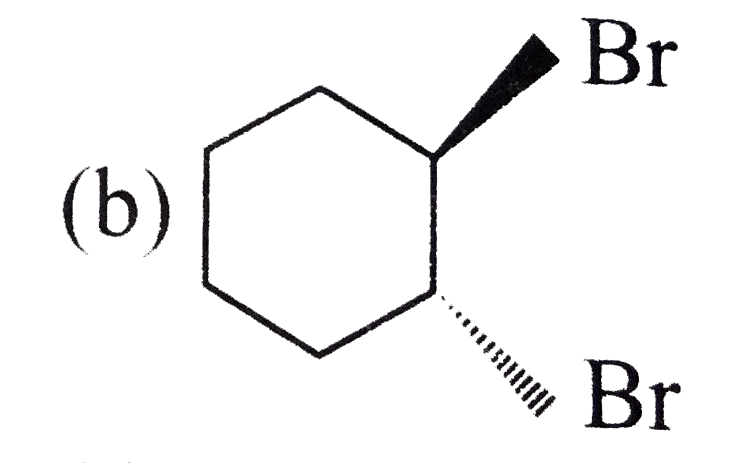Most of the naturally occuring sugars have ...........configuration while most of the naturally occuring .........have L-configuration.
To solve the question, we need to identify the configurations of naturally occurring sugars and amino acids.
1. Identify the configuration of naturally occurring sugars:
- Most naturally occurring sugars are classified as D-configuration. This is based on the orientation of the hydroxyl (-OH) group on the penultimate carbon (the second to last carbon) in the sugar molecule. In D-sugars, the hydroxyl group on this carbon is on the right side when the molecule is drawn in a Fischer projection.
2. Identify the configuration of naturally occurring amino acids:
- Most naturally occurring amino acids have an L-configuration. This refers to the orientation of the amino group (-NH2) in relation to the carboxyl group (-COOH) in the amino acid structure. In L-amino acids, the amino group is on the left side in a Fischer projection.
3. Combine the findings:
- Therefore, the complete answer to the question is: "Most of the naturally occurring sugars have D-configuration while most of the naturally occurring amino acids have L-configuration."
Final Answer:
Most of the naturally occurring sugars have D-configuration while most of the naturally occurring amino acids have L-configuration.
- Most naturally occurring sugars are classified as D-configuration. This is based on the orientation of the hydroxyl (-OH) group on the penultimate carbon (the second to last carbon) in the sugar molecule. In D-sugars, the hydroxyl group on this carbon is on the right side when the molecule is drawn in a Fischer projection.
- Most naturally occurring amino acids have an L-configuration. This refers to the orientation of the amino group (-NH2) in relation to the carboxyl group (-COOH) in the amino acid structure. In L-amino acids, the amino group is on the left side in a Fischer projection.
- Therefore, the complete answer to the question is: "Most of the naturally occurring sugars have D-configuration while most of the naturally occurring amino acids have L-configuration."
Most of the naturally occurring sugars have D-configuration while most of the naturally occurring amino acids have L-configuration.
Topper's Solved these Questions
- BIOMOLECULES BOOK - PRADEEPCHAPTER - BIOMOLECULES EXERCISE - Conceptual Questions
14 Videos
- BIOMOLECULES BOOK - PRADEEPCHAPTER - BIOMOLECULES EXERCISE - NCERT (QUESTIONS AND EXERCISES) WITH ANSWERS (NCERT INTEXT UNSOLVED QUESTIONS)
8 Videos
- BIOMOLECULES BOOK - PRADEEPCHAPTER - BIOMOLECULES EXERCISE - TEST YOUR GRIP (Multiple Choice Questions)
23 Videos
- APPENDIXBOOK - PRADEEPCHAPTER - APPENDIXEXERCISE - MODEL TEST PAPER <br> (Section C )
15 Videos
- CHEMICAL KINETICSBOOK - PRADEEPCHAPTER - CHEMICAL KINETICSEXERCISE - ADVANCED PROBLEMS FOR COMPETITIONS
14 Videos
Similar Questions
Knowledge Check
Naturally occuring (+)- sucrose
Aα−D−glucopyronoside-β−D−fructofuranosideBα−D−glucopyronoside−α−D−fructofuranosideCβ−D−glucopyronoside−α−D−fructofuranosideDβ−D−glucopyronoside−β−D−fructofuranoside
A will have configurationA B
B Cboth are trueDNone of these
Cboth are trueDNone of theseNaturally occuring glucose is
AD−(−)glucoseBL−(+)− glucoseCD−(+)− glucoseDL−(−)− glucose


